Home>Garden Essentials>Landscape Design: Where To Put The Children’s Play Area
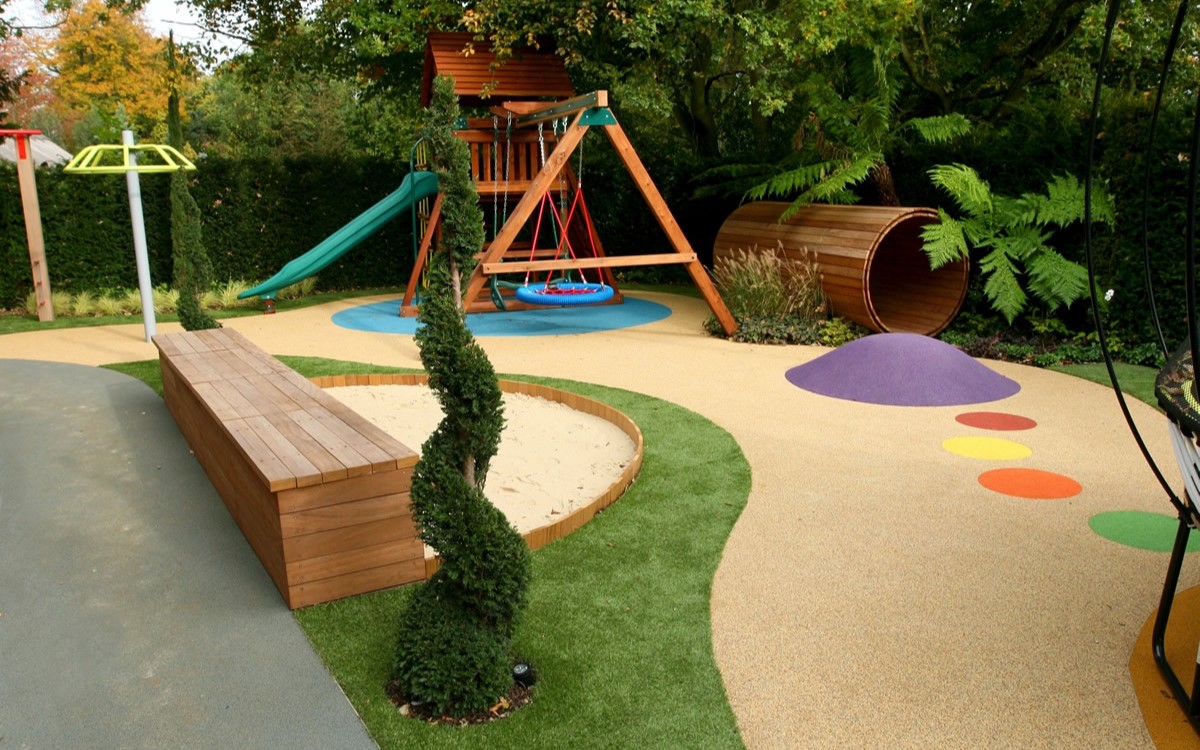

Garden Essentials
Landscape Design: Where To Put The Children’s Play Area
Modified: April 23, 2024
Discover how to incorporate a children's play area into your garden with expert landscape design tips. Create a fun and safe outdoor space for your little ones.
(Many of the links in this article redirect to a specific reviewed product. Your purchase of these products through affiliate links helps to generate commission for Storables.com, at no extra cost. Learn more)
Introduction
Welcome to the wonderful world of landscape design! Creating a beautiful and functional outdoor space is not only about flowers and trees – it’s also about considering the needs of every member of the family. When it comes to children, having a designated play area in your garden is essential for their physical and cognitive development. But where exactly should you place it?
In this article, we will explore the various factors to consider when determining the best location for a children’s play area in your yard. From safety and visibility to age-appropriate design and integrating it seamlessly with your existing landscaping, we will guide you through the process of creating a play area that is not only fun and engaging but also harmonious with the overall aesthetics of your garden. So, let’s dive in and discover the best spot for your little ones to unleash their imaginations!
Key Takeaways:
- Choose a safe and visible location for your children’s play area, integrating it with the existing landscaping to create a harmonious and engaging outdoor space for kids to explore and thrive.
- Incorporate natural elements, water features, and durable play equipment to create a fun and stimulating play area that encourages creativity, imagination, and a deeper connection with nature.
Assessing the Yard Space
Before you determine the location for the children’s play area, it is important to assess the available yard space. Take a walk around your garden and consider its size, shape, and any existing features such as trees, shrubs, or structures. Understanding the layout of your yard will help you make informed decisions about where the play area will fit best.
Measurements are crucial in this process. Note down the dimensions of your yard and use them as a reference when choosing the play area location. This will ensure you have a clear understanding of the space you have to work with.
Consider the natural characteristics of your yard as well. Take note of any slopes, uneven terrain, or potential hazards that may need to be addressed before setting up the play area. Safety should always be a top priority, so make sure the chosen location is both suitable and secure for your children.
Another important aspect to assess is the accessibility of the yard space. Ensure that the play area is easily accessible from the house, with a clear and safe pathway for children to reach it. This will encourage frequent use and provide convenience for both children and parents.
Taking the time to thoroughly assess your yard space will give you a solid foundation for designing a children’s play area that fits harmoniously within your garden.
Considering Safety and Visibility
When selecting the location for a children’s play area, safety should be a primary concern. You want to ensure that your little ones are protected from potential hazards and that you have a clear line of sight to supervise their play.
One important aspect to consider is proximity to busy roads or driveways. It’s best to place the play area away from these areas or create a physical barrier to prevent children from accidentally wandering into harm’s way.
Additionally, consider the visibility of the play area from different areas of your yard. You want to be able to keep an eye on your children while they play, so choose a location that offers good visibility from the main living areas of your home or any frequently used outdoor spaces.
If your yard is particularly large, you might also consider strategically placing picnic tables or seating areas near the play area to provide a comfortable space for supervision.
It’s also important to evaluate the surrounding landscape. Avoid placing the play area near thorny bushes, poison ivy, or other potentially harmful plants. Check for any overhead hazards, such as branches or power lines, that could pose a risk and address them accordingly.
By carefully considering safety and visibility, you can create a secure environment for your children to enjoy their playtime while giving yourself peace of mind.
Integrating Play Area with Existing Landscaping
Creating a play area that seamlessly blends with your existing landscaping can enhance the overall aesthetics of your yard. By integrating the play area, you can maintain a cohesive and visually pleasing outdoor space.
Start by considering the style and theme of your garden. Whether you have a traditional, modern, or whimsical landscape, try to incorporate similar design elements into the play area. This can be done through the choice of materials, colors, or even specific plantings.
Use landscaping features, such as bushes, hedges, or flower beds, to create a natural boundary around the play area. This not only provides a visual transition but also helps define the space and keep it separate from other areas of the yard.
Incorporate plants and flowers that are appealing to children. Colorful blooms, sensory plants like lavender or mint, or edible plants like strawberries can add a playful and educational element to the play area. Just make sure to choose non-toxic plants and avoid any that may cause allergies.
If you have existing trees or large shrubs nearby, consider incorporating them into the play area as well. They can provide shade, create a sense of enclosure, and even act as natural climbing structures or anchors for swings or hammocks.
Another way to integrate the play area with your landscaping is by using similar materials or surfaces. For example, if you have a stone pathway in your garden, consider extending it into the play area or using the same type of stone for a seating area or play surface.
By finding ways to integrate the play area with your existing landscaping, you can create a visually cohesive and harmonious outdoor space for both children and adults to enjoy.
Designing for Age Appropriateness
When designing a children’s play area, it’s important to consider the age range of the children who will be using it. Different age groups have different needs and abilities, and designing with age appropriateness in mind ensures that the play area will be both safe and engaging.
For younger children, consider incorporating sensory play elements such as soft surfaces, engaging textures, and interactive features. This can include sandboxes, water play areas, or musical features. Toddlers and preschoolers also enjoy climbing structures, low slides, and swings with secure seating.
As children grow older, the play area can be adapted to accommodate their changing abilities. Incorporate more challenging climbing structures, taller slides, and swings that are suitable for older kids. Consider adding elements like monkey bars, balance beams, or a small sports area.
When planning the layout of the play area, it’s a good idea to provide separate sections or zones for different age groups. This allows younger children to play safely in their designated area without being overwhelmed by the more advanced equipment or activities of older children.
Flexibility is also important when designing for age appropriateness. Consider modular or adjustable features that can be easily reconfigured or updated as children grow and develop new interests and skills.
Lastly, don’t forget about accessibility. Ensure that the play area is designed to be inclusive and accessible to children of all abilities. This can include ramps for wheelchair access, sensory play elements that cater to different needs, and clear pathways for easy movement.
By designing a play area that is age-appropriate, you can create a space that grows with your children and provides them with appropriate challenges and opportunities for physical and cognitive development.
Determining Sun Exposure and Shade
The amount of sun exposure and shade in your yard can greatly impact the usability and comfort of the children’s play area. It’s important to carefully consider these factors when determining the location for the play space.
Start by observing the sun’s path throughout the day. Identify which areas of your yard receive the most sunlight and for how long. This information will help you determine the optimal placement of the play area.
It’s generally ideal to have a balance of sun and shade in the play area. While sunlight is important for vitamin D synthesis and a pleasant outdoor experience, excessive exposure to the sun can be harmful. Look for a location that provides a mix of sun and shade throughout the day.
If you have trees in your yard, they can provide natural shade for the play area. Consider placing the play area near existing trees or planting new ones strategically to provide shade during the hottest parts of the day.
Another option is to incorporate shade structures such as umbrellas, canopies, or pergolas. These can be placed strategically to provide shade over play equipment or seating areas, making the play area more comfortable and enjoyable during hot summer days.
Additionally, consider the orientation of the play area. If your yard has a specific direction that receives more sunlight, you may want to position the play area to take advantage of morning sun or afternoon shade, depending on your specific needs.
Remember to take into account the seasonal changes in sun exposure. Trees that provide shade during summer may lose their leaves in winter, allowing more sunlight through. Be mindful of these changes and plan accordingly.
By carefully determining the sun exposure and shade in your yard, you can create a play area that is comfortable and enjoyable for your children throughout the year.
When designing a landscape, place the children’s play area in a visible and easily accessible location. Consider placing it near the kitchen or living room for easy supervision, and away from any potential hazards like pools or steep slopes.
Providing Seating and Shade for Supervision
When designing a children’s play area, it’s important to consider the comfort and convenience of the supervising adults as well. By providing seating and shade, you can create a space where parents or caregivers can comfortably watch over their children’s play.
Start by incorporating seating areas near the play area. This can be in the form of benches, chairs, or even picnic tables. Choose seating options that are comfortable and durable, allowing parents to relax and enjoy while keeping a watchful eye on their children.
Position the seating area in a way that provides a clear view of the play area. This allows parents to have a full view of their children’s activities and ensures effective supervision. Consider placing the seating area at an elevated spot, if possible, for better visibility.
Shade is also essential for both comfort and safety. Incorporate shade structures, such as pergolas, umbrellas, or canopies, to protect the seating area from direct sunlight. This ensures that parents can enjoy a cooler and more comfortable spot while supervising their children’s play.
If trees or shrubs already provide shade in the area, position the seating accordingly to make the most of the natural shade. A seating area placed strategically under a tree canopy not only provides shade but also creates a pleasant and inviting atmosphere for supervising adults.
Consider the use of natural elements for shade and seating. A trellis covered with climbing vines can provide both shade and a visually appealing seating area. Incorporate comfortable outdoor cushions or weather-resistant furniture to make the seating area cozy and inviting.
Lastly, ensure that the seating area is easily accessible from the main pathways and is designed with comfort and safety in mind. Include features like handrails if necessary, and ensure that the seating is stable and secure.
By providing seating and shade for supervision, you create an inviting and comfortable space for parents or caregivers to keep an eye on their children while they play, ensuring both safety and peace of mind.
Incorporating Natural Elements and Materials
When designing a children’s play area, incorporating natural elements and materials can enhance the sensory experience and create a closer connection with nature. It brings a sense of wonder and promotes a love for the outdoors.
One way to incorporate natural elements is by integrating plants and flowers into the play area. Choose child-friendly plants and flowers that are safe and non-toxic. Consider adding a small garden bed or planter boxes where children can learn about planting and caring for their own plants.
Using natural materials like wood, stone, or bamboo can add a rustic and earthy feel to the play area. Consider using natural wooden structures such as climbing frames, swings, or playhouses. They not only blend well with the outdoor environment but also provide a durable and safe play surface.
When choosing natural materials, opt for those that are sustainably sourced and resistant to weathering. This ensures that they will withstand the elements and provide long-lasting enjoyment for your children.
Another way to incorporate natural elements is by creating a sensory garden within the play area. Include herbs, scented flowers, or plants with different textures that children can touch and smell. This stimulates their senses and encourages exploration and curiosity.
Incorporating natural lighting is also important. Allow natural sunlight to filter through the play area, creating a warm and welcoming ambiance. Create spaces where children can play in the dappled sunlight or shaded areas provided by trees.
Lastly, consider adding natural sounds and textures to the play area. Incorporate wind chimes, bird feeders, or a small waterfall to create a calming and immersive environment. Use natural bark mulch or soft grass as the play surface to provide a softer landing and reduce the risk of injuries.
By incorporating natural elements and materials, you can create a play area that not only stimulates children’s creativity and imagination but also fosters a deeper connection with the natural world.
Enhancing Play with Water Features
Water features can add an extra dimension of fun and excitement to a children’s play area. Incorporating water play elements not only provides entertainment but also encourages sensory development and imaginative play.
One popular option is a splash pad or water play area. This can be as simple as installing a sprinkler system or creating a custom-designed water feature with multiple jets, sprayers, and interactive elements. Encourage children to run and jump through the water, creating a refreshing and enjoyable experience on hot summer days.
If your yard space allows, consider adding a small pond or water table. These elements provide opportunities for hands-on exploration and learning. Children can observe aquatic plants and creatures, experiment with floating objects, or simply enjoy the soothing sound of running water.
When incorporating water features into the play area, safety should always be a priority. Ensure that the water source is properly installed, and that the depth and flow of the water are appropriate for the age group using the play area. Constant adult supervision is essential when children are playing with water.
Make sure to include non-slip surfaces around the water features to prevent accidents. Consider using materials like textured tiles, rubber mats, or non-slip coatings to ensure a safe play environment.
Water conservation is also an important aspect to consider. Use recirculating systems or rainwater collection methods to minimize water waste. Teach children about the importance of water conservation and responsible water use during their playtime.
Remember to regularly inspect and maintain the water features to ensure that they are functioning properly and are free from any potential hazards. Keep the water clean and properly treated to prevent the growth of bacteria or algae.
By incorporating water features into the play area, you can provide children with endless hours of fun and educational experiences, stimulating their senses and encouraging imaginative play.
Choosing Safe and Durable Play Equipment
When selecting play equipment for a children’s play area, safety and durability should be top priorities. Choosing reliable and well-built equipment not only ensures the safety of your children but also provides long-lasting enjoyment for years to come.
Start by looking for play equipment that meets safety standards and regulations. Ensure that the equipment is appropriately labeled and certified by reputable organizations such as ASTM International or the Consumer Product Safety Commission (CPSC). This ensures that the equipment has undergone rigorous testing and meets the necessary safety guidelines.
Consider the age appropriateness of the equipment. Ensure that the play equipment is specifically designed for the age group of your children. Different age groups have different physical abilities and needs, so it’s important to choose equipment that provides appropriate challenges and opportunities for play.
Inspect the equipment for potential hazards or design flaws. Look for sharp edges, pinch points, or areas where a child’s clothing or body part could get caught. Ensure that the equipment is sturdy and well-maintained, with no loose or broken parts.
Consider the material used in the construction of the play equipment. Look for materials that are resistant to weathering, rust, and UV damage. Choose equipment made of high-quality plastic, metal, or wood that can withstand the elements and the wear and tear of regular use. Avoid equipment that has been treated with harmful chemicals or toxins.
Ensure proper installation of the play equipment. Follow the manufacturer’s instructions carefully or seek professional assistance if needed. Make sure that the equipment is securely anchored to the ground and that there are adequate safety measures in place, such as safety surfacing to protect against falls.
Look for equipment that provides a variety of play opportunities. Include elements such as swings, slides, climbing structures, and balance beams to promote a range of physical activities and skills development.
Regularly inspect and maintain the play equipment to ensure its continued safety and durability. Check for any signs of wear and tear, loose bolts or screws, and any necessary repairs or replacements. Clean the equipment regularly to keep it free from dirt, debris, and potential hazards.
By choosing safe and durable play equipment, you can create a play area that not only provides endless hours of fun but also ensures the safety and well-being of your children.
Maintaining and Updating the Play Area
Once you have set up a children’s play area in your garden, it’s important to prioritize ongoing maintenance and occasional updates to ensure its longevity, safety, and continued enjoyment. Regular maintenance will help keep the play area in good condition and address any potential issues that may arise.
Start by developing a maintenance routine. Regularly inspect the play equipment and surrounding area for any signs of damage, wear and tear, or loose parts. Pay attention to safety surfacing, such as rubber mats or mulch, to ensure it is in good condition and properly cushioning falls.
Address any necessary repairs promptly. Tighten loose bolts, replace worn-out components, and mend any tears or damage to safety surfacing. Regularly clean the play equipment to remove dirt, debris, and any substances that could pose a safety hazard.
Consider the changing needs and interests of your children as they grow. Periodically update the play area to provide fresh and engaging experiences. This could include adding new equipment, rearranging existing structures, or incorporating new play elements. Keep in mind safety, age appropriateness, and the overall aesthetic of the play area.
Ensure that the play area remains inclusive and accessible to children of all abilities. Make any necessary modifications or updates to promote inclusion and accommodate children with disabilities. This could involve adjusting equipment height, providing wheelchair-accessible routes, or incorporating sensory play features.
Regularly assess the overall layout and organization of the play area. Make sure there is ample space for children to move around comfortably and that there are clear pathways connecting different play elements. Ensure that seating and shade areas for supervision remain in good condition.
Consider the surrounding landscape maintenance as well. Trim trees and shrubs as needed to prevent them from overhanging or encroaching on the play area. Control weeds and ensure that plants and flowers within the play area are well maintained and safe for children.
Finally, involve your children in the maintenance and upkeep of the play area. Teach them about the importance of caring for their own play space and involve them in tasks such as cleaning up toys, watering plants, or helping with minor repairs. This helps foster a sense of responsibility and pride in their play area.
By prioritizing ongoing maintenance and periodic updates, you can ensure that the children’s play area remains safe, enjoyable, and a beloved part of your garden for years to come.
Conclusion
Designing a children’s play area in your garden is an exciting endeavor that allows you to create a space where your little ones can explore, imagine, and thrive. By considering factors such as safety, age appropriateness, visibility, and integration with the existing landscaping, you can create a play area that is both functional and aesthetically pleasing.
Assessing the yard space and ensuring safety are fundamental steps in determining the location of the play area. Visibility from the main living areas of your home and strategically placed seating ensure that you can comfortably supervise your children’s play.
Integrating the play area with the existing landscaping adds a cohesive and harmonious touch to your garden. Incorporating natural elements and materials not only enhances the sensory experience but also fosters a connection with nature.
Designing for age appropriateness ensures that the play area provides suitable challenges for your children’s growth and development. Determining sun exposure and providing shade create a comfortable and enjoyable environment throughout the year.
Incorporating water features and choosing safe, durable play equipment adds an extra level of fun and excitement to the play area. Regular maintenance and occasional updates ensure the ongoing safety, longevity, and enjoyment of the play area for years to come.
As you embark on the journey of designing and creating a children’s play area, always prioritize safety, creativity, and adaptability. Remember to involve your children in the process, encouraging them to explore, learn, and play in their very own outdoor oasis.
Now it’s time to bring your vision to life and create a vibrant, engaging play area that will bring joy to your children for years to come.
Frequently Asked Questions about Landscape Design: Where To Put The Children's Play Area
Was this page helpful?
At Storables.com, we guarantee accurate and reliable information. Our content, validated by Expert Board Contributors, is crafted following stringent Editorial Policies. We're committed to providing you with well-researched, expert-backed insights for all your informational needs.
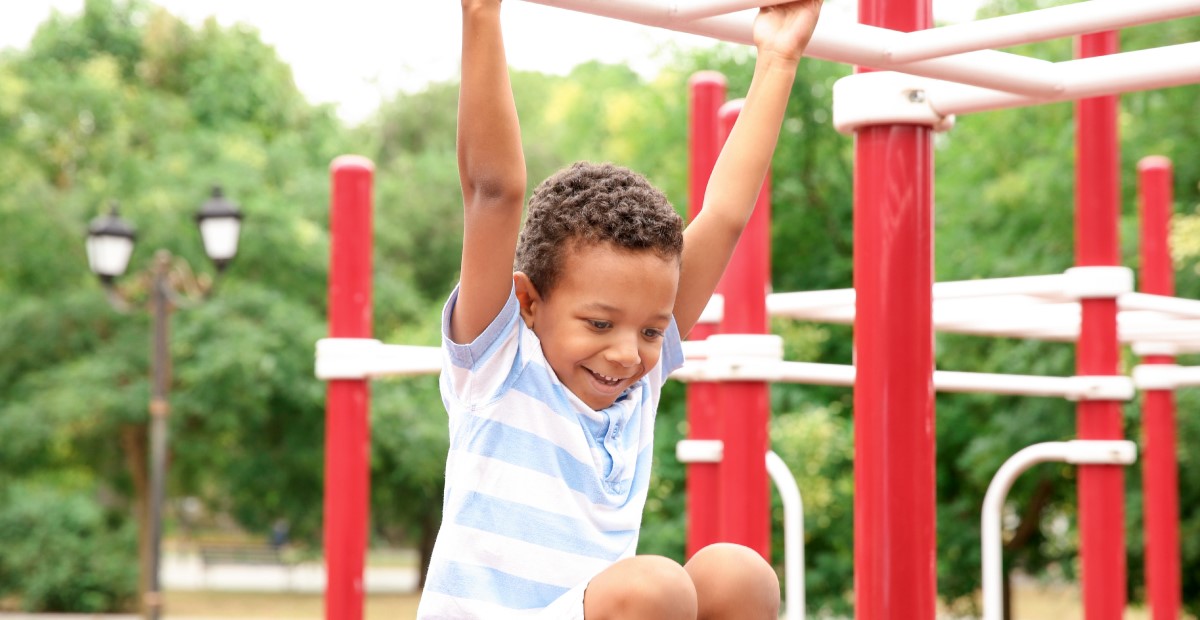
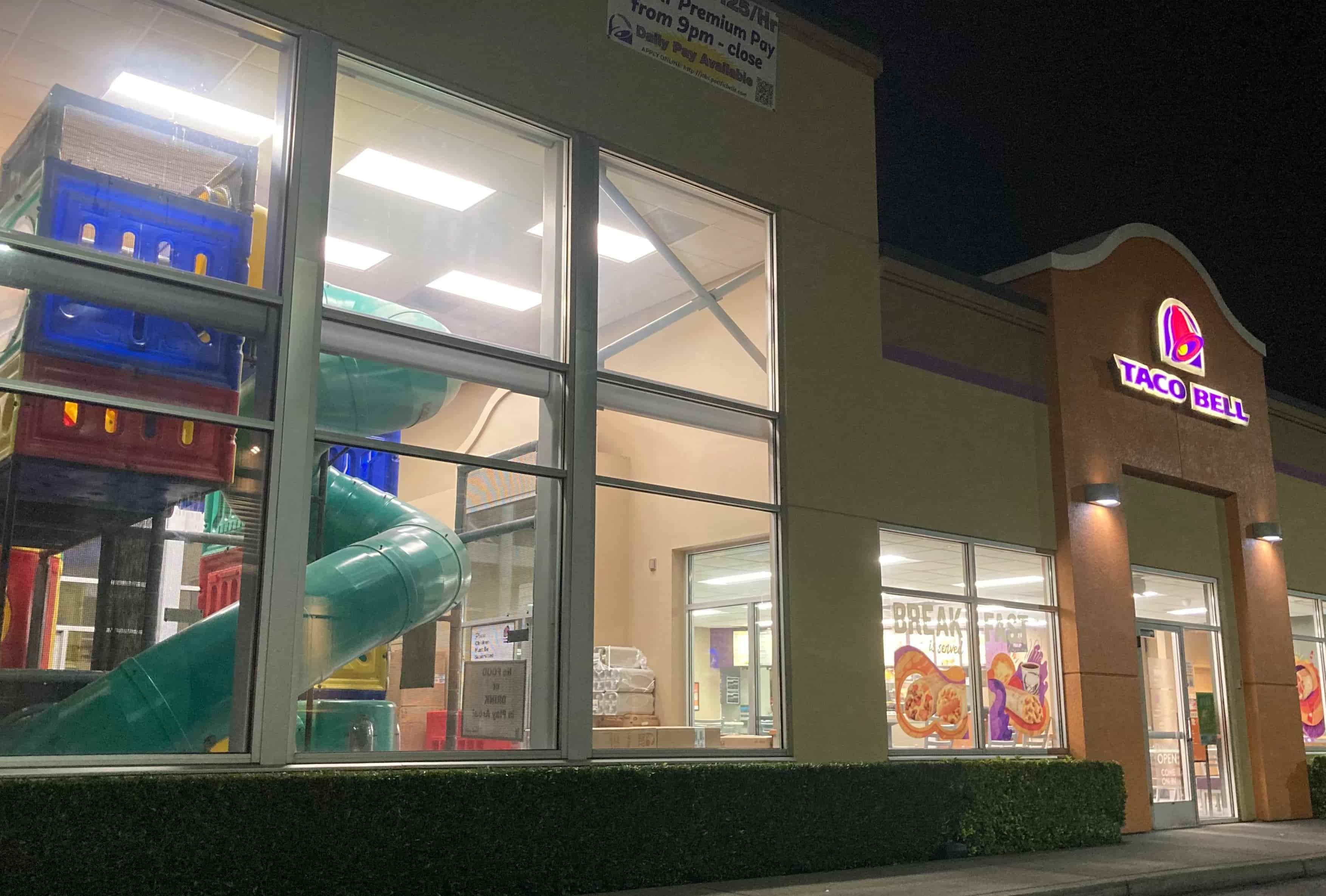
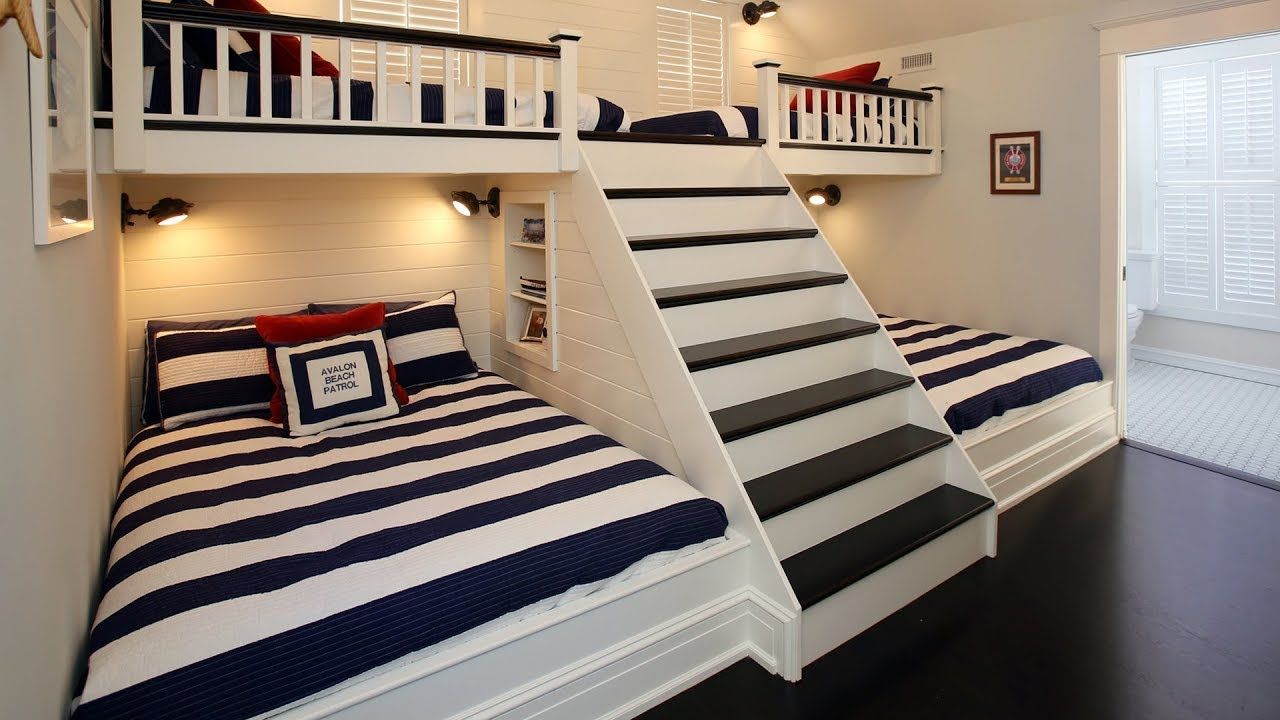
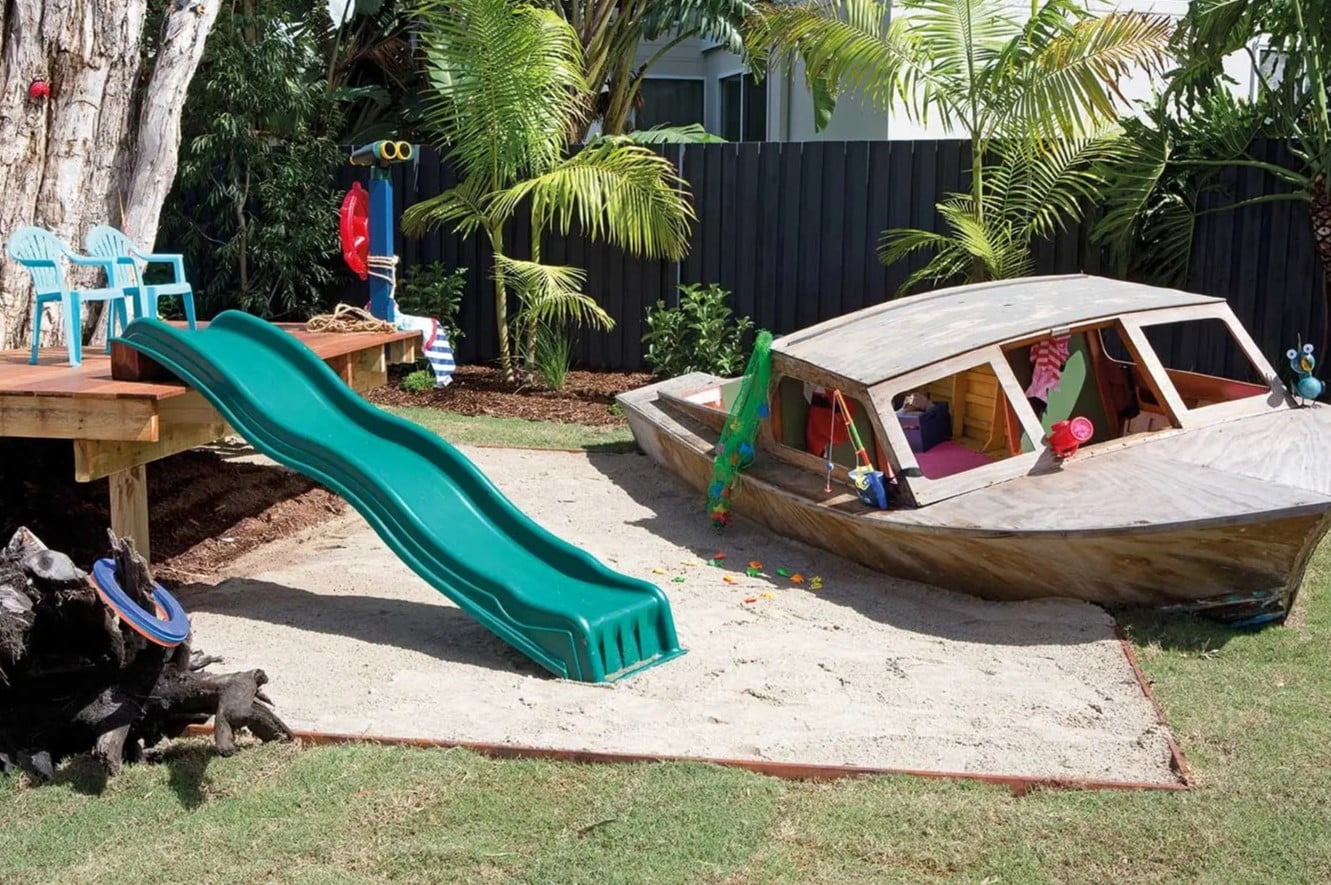
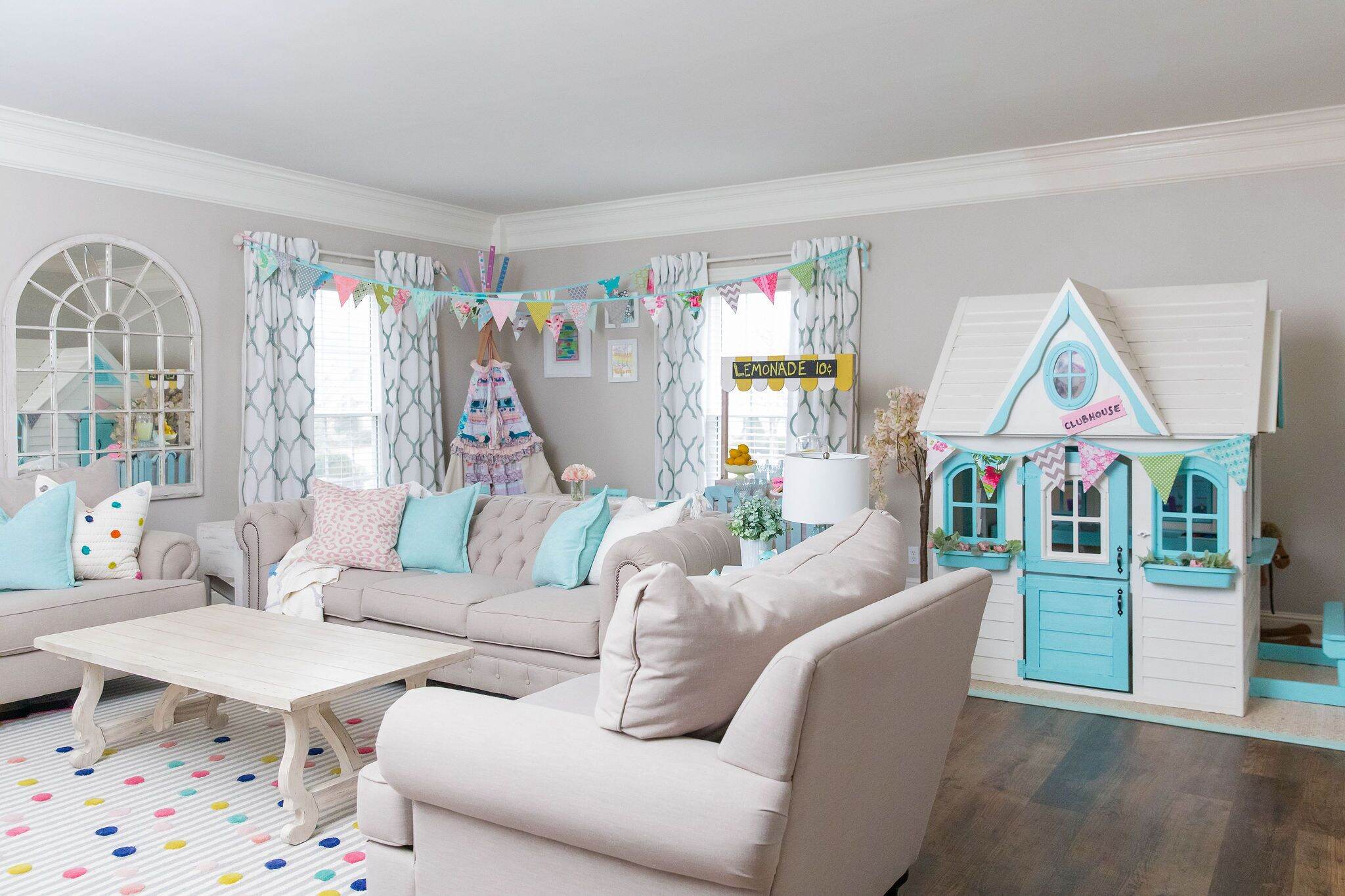
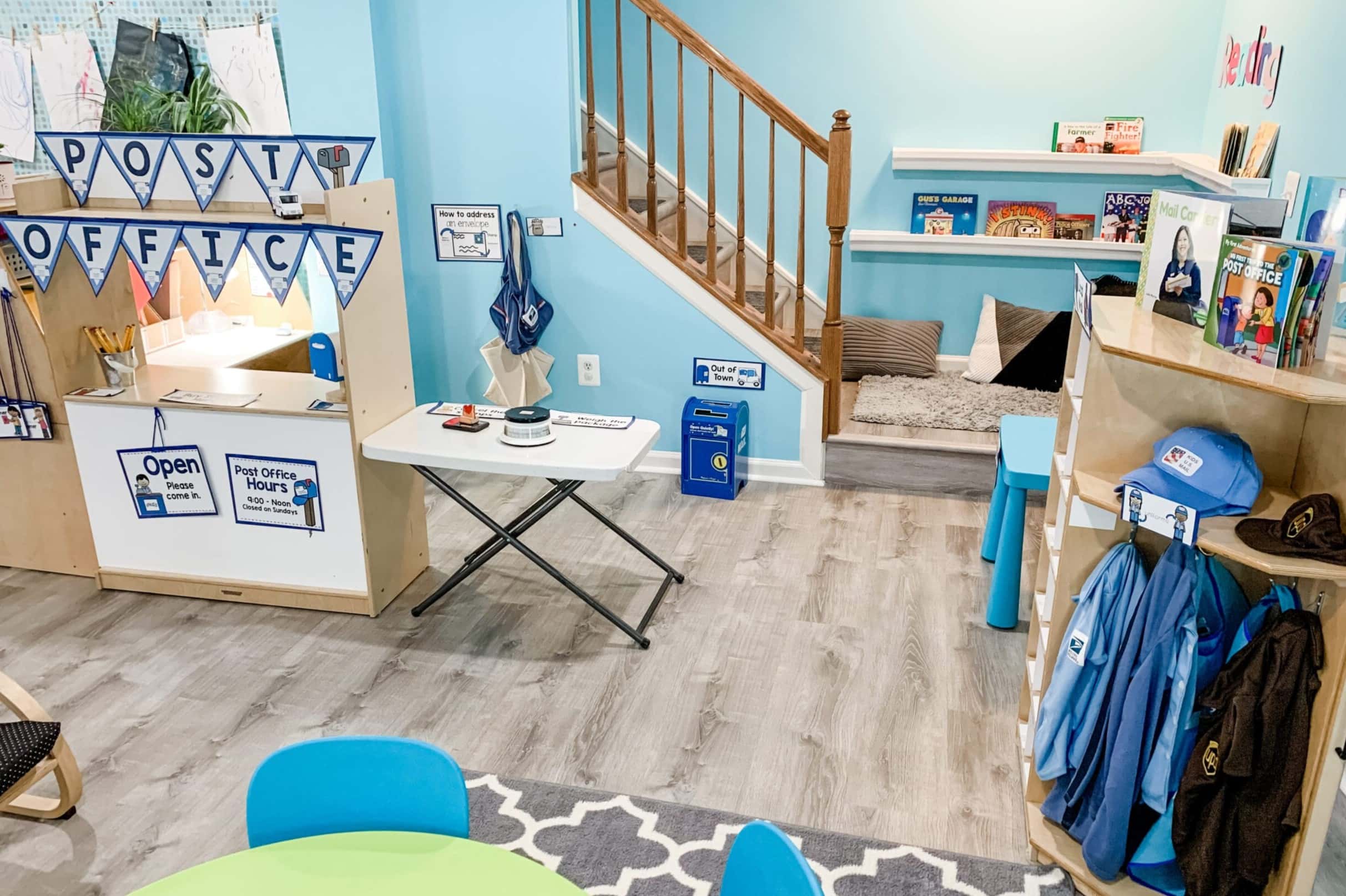
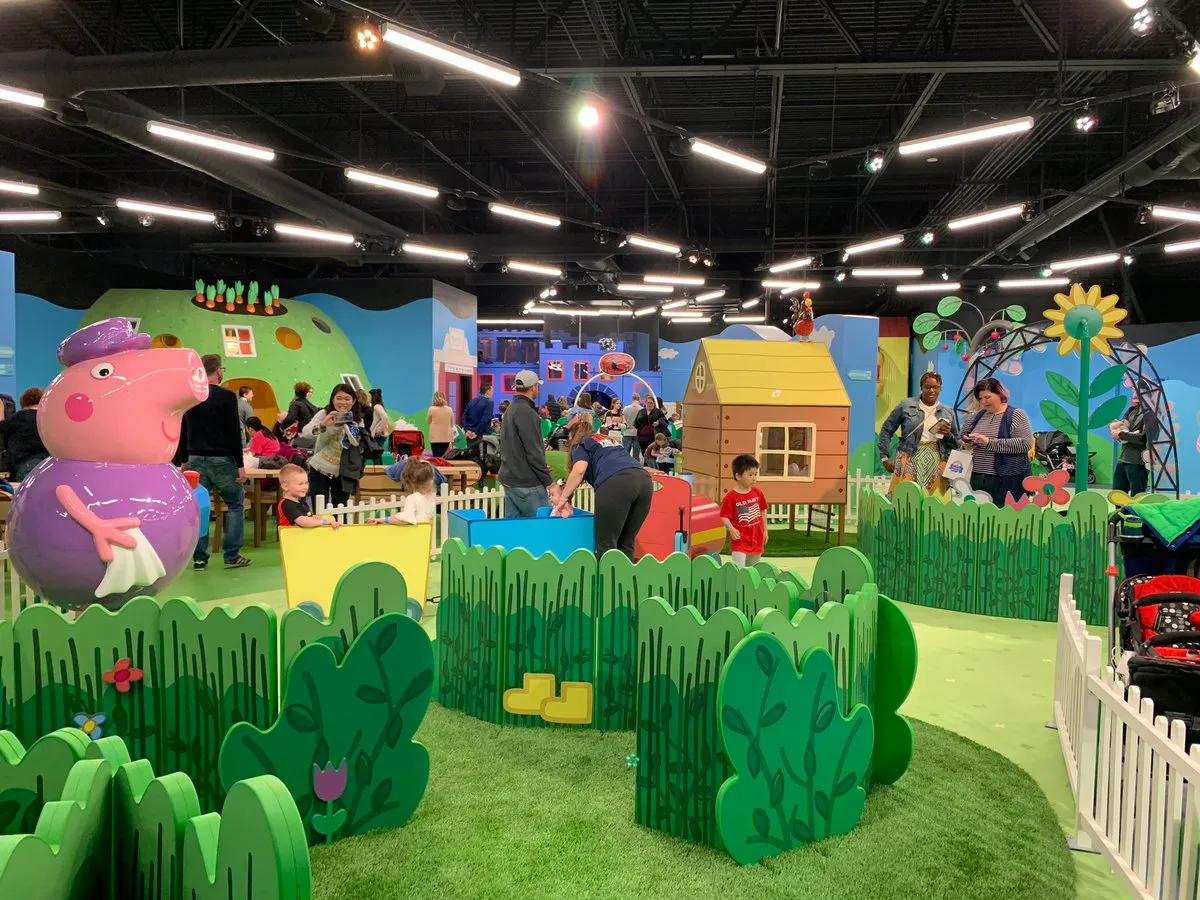
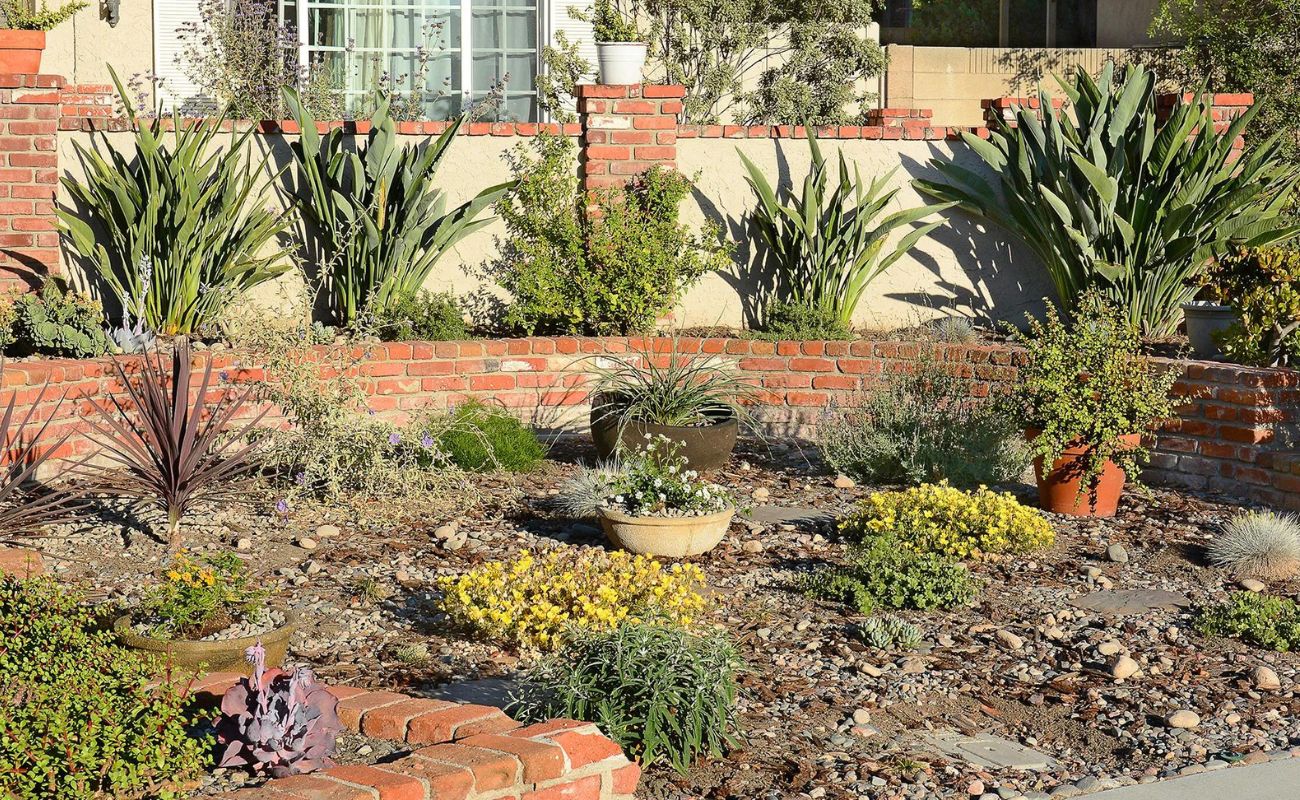

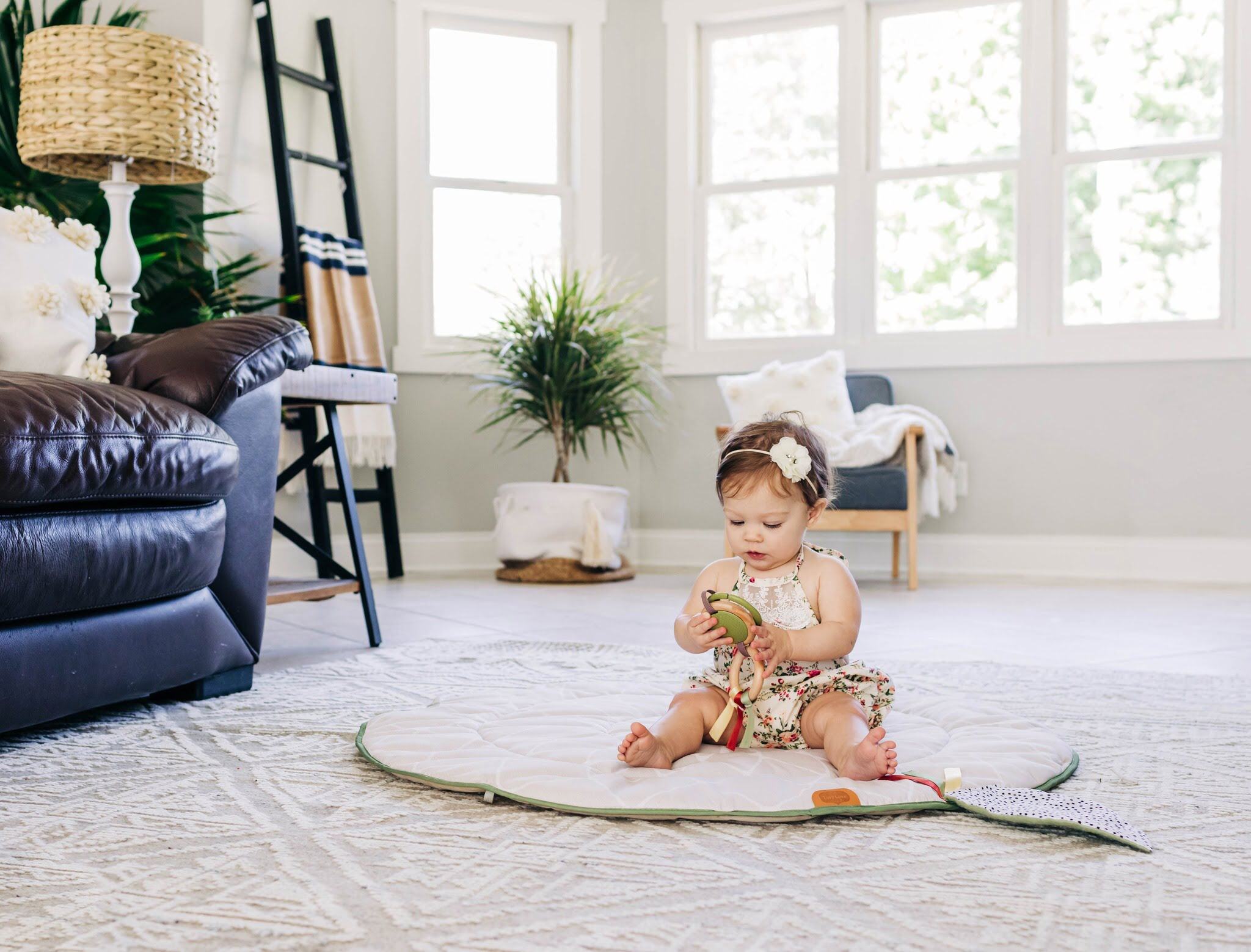
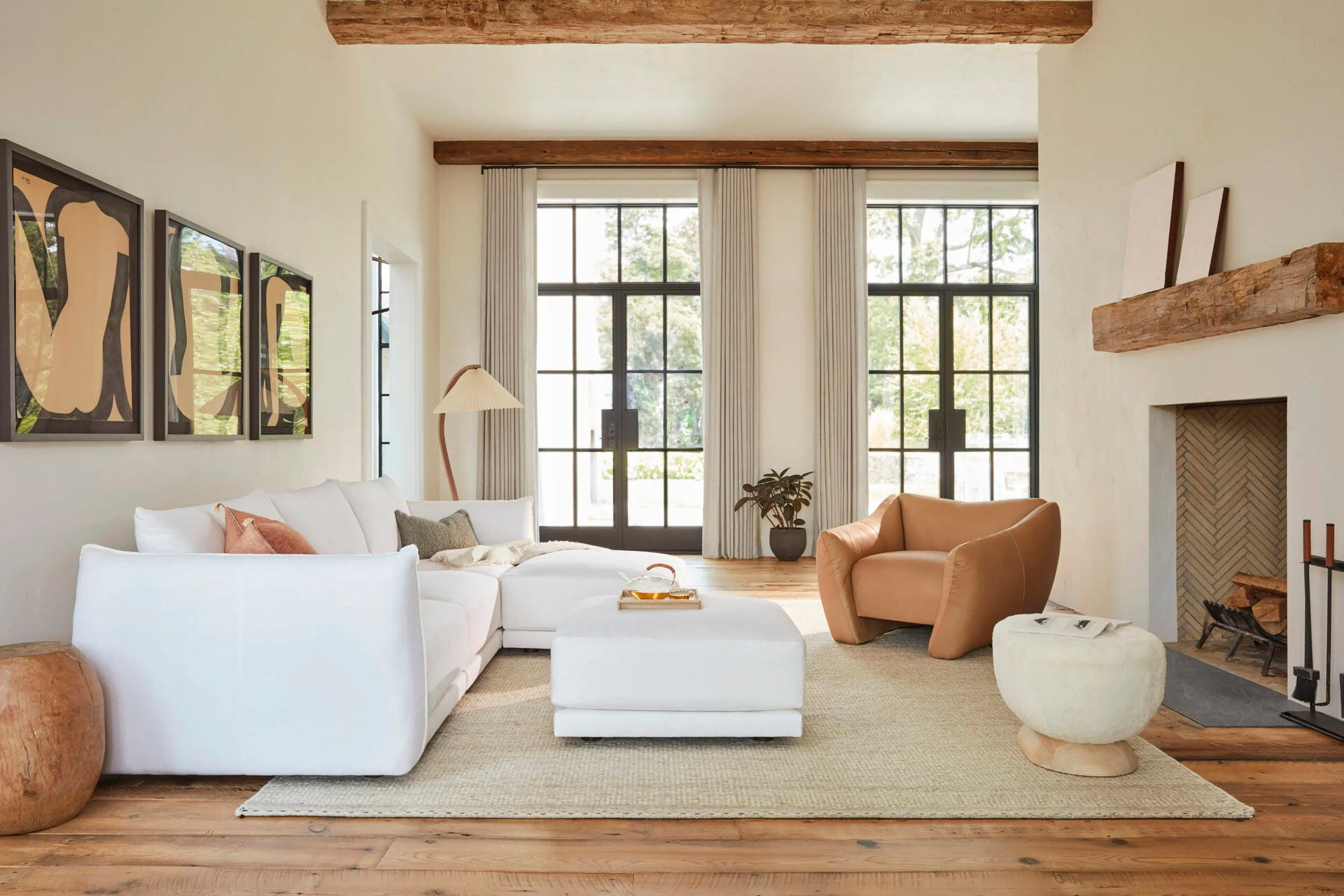

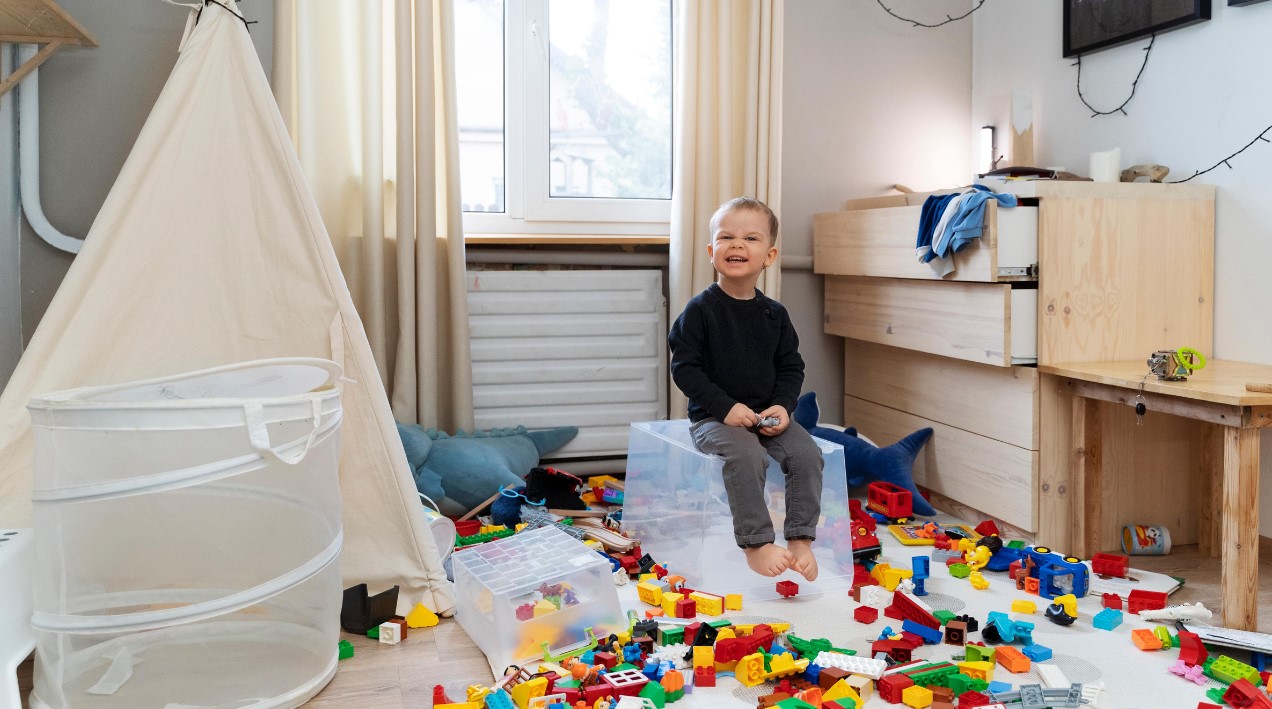

0 thoughts on “Landscape Design: Where To Put The Children’s Play Area”